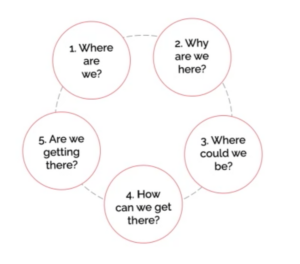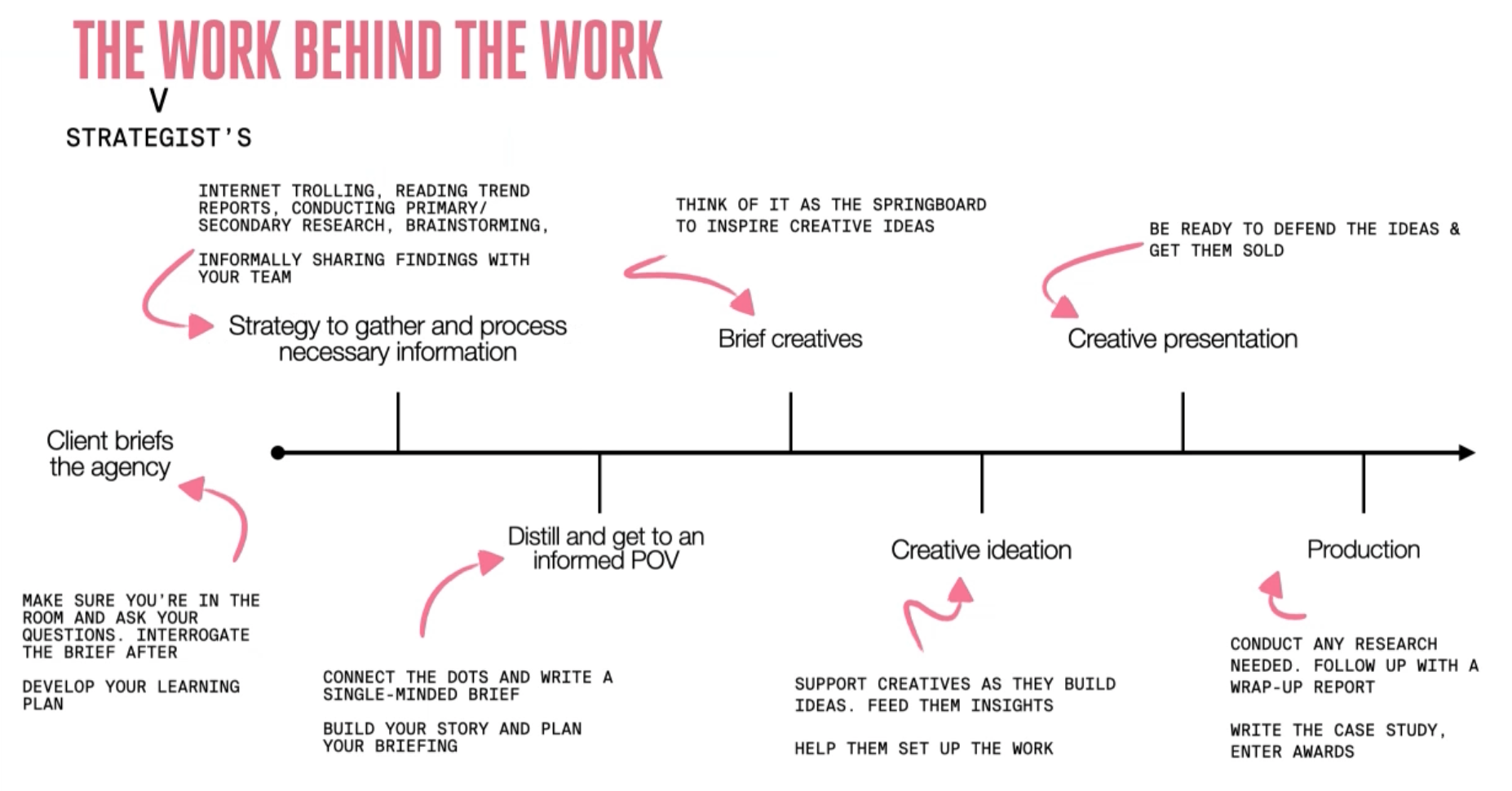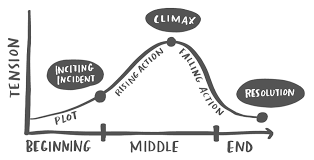270B is a minority-owned business

Learnings from Miami Ad School’s Strategic Planning Bootcamp
Miami Ad School hosts a Strategic Planning Bootcamp each quarter for aspiring strategists that I was lucky enough to attend this past spring. For ten weeks, the class meets four nights a week for three-hour sessions, taught by different industry professionals and guest speakers. Each week of the class follows the steps of the strategic process, working up to the final client presentation.
Cohorts of 10-15 students are kept small to encourage active participation and networking. After the second week, students are grouped for pitches and provided an art director from Miami Ad School’s design program. These teams work together on four pitches, creating the strategy, creative direction, and tactical executions for each campaign. The briefings and requests for each project change to provide students an opportunity to work within a range of situations. Students complete the class with a practiced knowledge of the strategic process and tools to make it their own, a portfolio, and a library of resources and connections.
Top 11 Learnings
1. Break the habit of being yourself. Strategy is about perspective, so strategists must learn to look beyond themselves and their lived experiences because they are rarely the target market. Getting out of your head involves questioning the internal thoughts, feelings, behaviors, and attitudes of others. The story is different in every perspective even though there could be overlap. Look at all perspectives and see where duality exists. Always consider the other side of the problem.
2. Start with finding the problem. Knowing the problem is a large part of finding the solution. But most presumed problems are only a symptom of the real problem. Consumers don’t have an issue with website traffic being down, but they could have a problem with multi–step shoppable links or being part of a loneliness epidemic that has lowered their frequency at entertainment locations, changing their search habits.

3. Brands are memory structures; they don’t actually exist. The job of a strategist is memory making because brands only exist in our brains. Logos are the quickest way to identify a brand, but they must have an association connected to them to be remembered. Humans are experts at remembering symbols associated with meaning – this is how the first humans survived.
4. Strategy is about making meaning. We search for meaning in everything. We look for it in stories, entertainment, and our own lives. Our choices indicate the meaning we find and drives brand preference as we select different communities to identify with, represent, and that will represent our own beliefs in return.

5. Brands have control over people. Brands influence beyond product purchase. They create ingroups and outgroups because the human conundrum is to feel unique but also part of community. Joining a brand is like joining a community of likeminded people. An attack on the brand is an attack on oneself because when brands prime people for how to think about the brand, people will identify.
6. Brand stories are human stories. People connect with brands when the brand’s story aligns with their own story. The brand understands the source of pain and speaks to it. Strategy advocates for people’s stories. It takes half science and half gut because stories can’t always be measured. People drawn to a brand have the same challenge that the brand is solving, allowing otherwise unconnected people to find something in common.

7. Insights are human truths that shed light on a problem. Behind every brand is a strong insight. Strategists champion the human experience and the source of the consumer’s pain behind the brand’s challenge. Strategists are responsible for making real people feel seen and heard in the creative by observing what people do and finding the insight for why they do it. Insight has conflict, strategy solves it.
8. The solution doesn’t have to be unique, but you have to say it in a new way. Make the mundane interesting, anything can be interesting if you make the wide world narrow. Strategy is opening an argument and creative is closing the statement. Strategy is not always new and not always looking for agreement.
9. Strategy is shifting from a state of uncertainty to certainty. A strategy is solid when someone with no context can look at it and get it. A strong strategy doesn’t require pages of information and data to support it. It makes sense because the strategy is giving clarity to a well-defined problem.
10. Always ask why. At every step of the process, strengthen the work by asking why. Ask why the problem presented today. If research is pointing in a direction, ask why. If you think you’ve found the insight, ask why. And then ask why again. Strategists always ask questions to get to the most basic form of the problem, and in turn, the solution. Strategy gives order to chaos.
11. For a brand to grow, it needs to make people remember it more often and make it easier to find. Brand strategy helps people remember brands though a response so clear it seamlessly find their way into people’s memory structures, activating whenever they see the Communication strategy reinforces the brand strategy, ensuring people see the logo at the right times and places. When you watch the Olympics and see the Nike swoosh on the athletes, you’re amazed by the athletes’ abilities and realize that they had to “just do it” to get there.

Brands have the power to influence and change people, so it’s important for strategists and brands to remember that, as French enlightenment writer Voltaire said, “with great power comes great responsibility.” Work should always be about creating something meaningful, which is why at 270B, we see each challenge as an opportunity to help further a brand’s story by telling it in a new way.
Sources:
Learnings from classes and content presented by Chris Owens, Alicia Fisher, Nancy Chang, Jose Benitez, and Craig Sabbatino.






